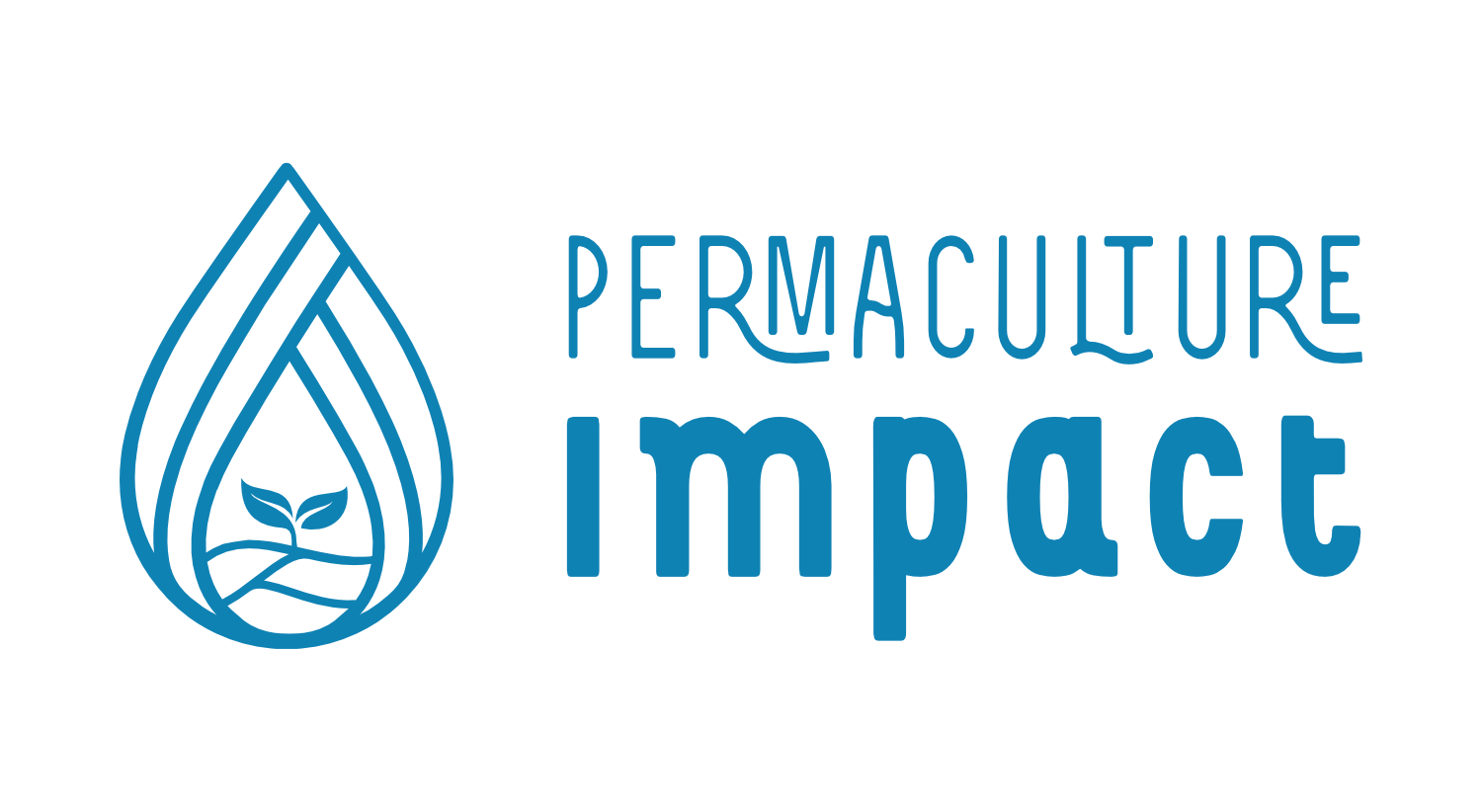Tips for choosing indicators
1. Choose indicators that are directly related to the activity, output, outcome or goal.
For example, if you want to assess adoption of permaculture practices amongst trained farmers, don’t choose an indicator which assesses the number of farmers that say they like permaculture. (Liking is not the same as doing.)
2. Choose indicators that you can measure accurately with your available resources.
Avoid choosing indicators that are expensive to measure, or that require a lot of resource or technical skills or equipment that you don’t have. Compare the workload involved in measuring ‘Number of eggs produced each week of the year’ with ‘Number of eggs produced in sample weeks’ (where sample weeks are week 1, week 20 and week 45 of the project).
3. Use qualitative indicators if they are the best way to measure the result
For example if one of your objectives is to increase the confidence of women in your target communities, your indicator might be qualitative and evidenced by collecting stories from participants, interviews, case studies.
4. Considering choosing a standard indicator if there is one.
But do make sure that it is practical for your organization to collect the required data. Some standard indicators require specialist equipment or skills.
Refer to PI list of indicators…[LINK]
What are standard indicators? Standard indicators are indicators used by many different programmes and there are often standard ways of measuring them.
Standard indicators are good because you can compare results between programmes and sometimes you can compare to a national survey. Survey tools will already exist, so you won’t need to create them yourself.
Give some examples eg HIV prevalence, OTHERS?
Standard indicators for permaculture: There is some work underway within the International Permaculture CoLab to develop a set of standard indicators for permaculture-related projects so that we can determine our collective impact’. You can find out more by joining the CoLab (it’s free) or just contacting them by email. https://www.perma.earth/
